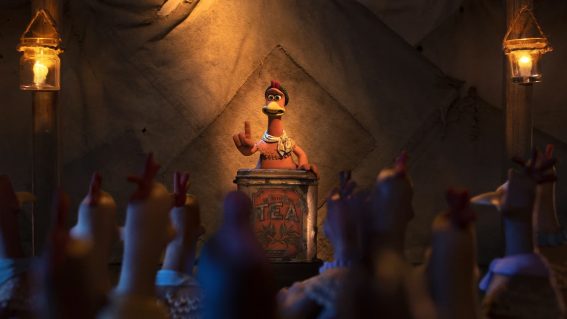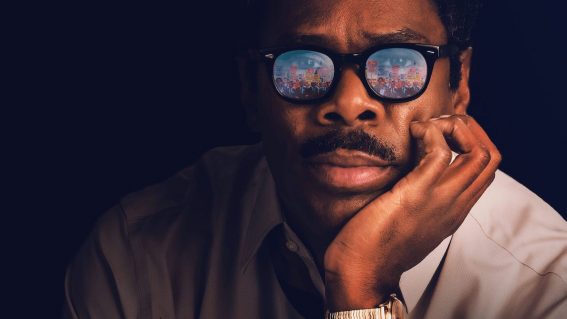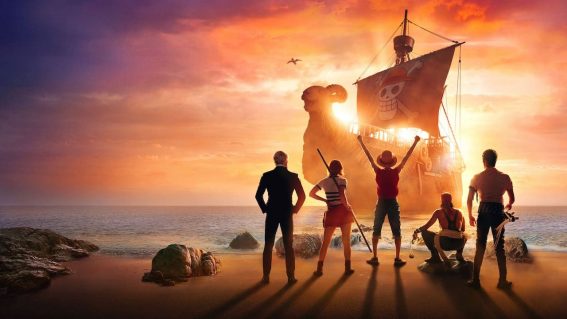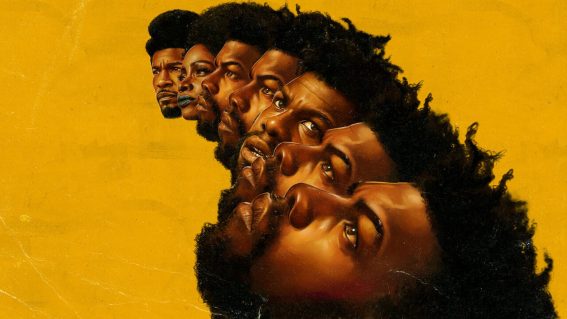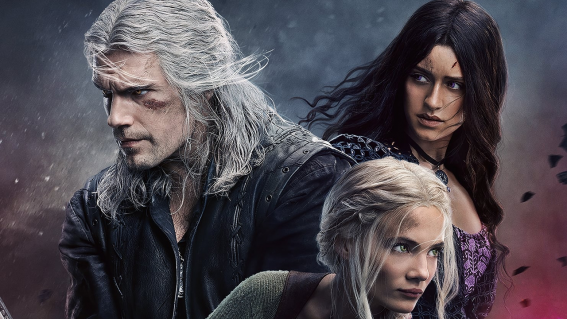Netflix’s 22 July is a true story more terrifying than any horror
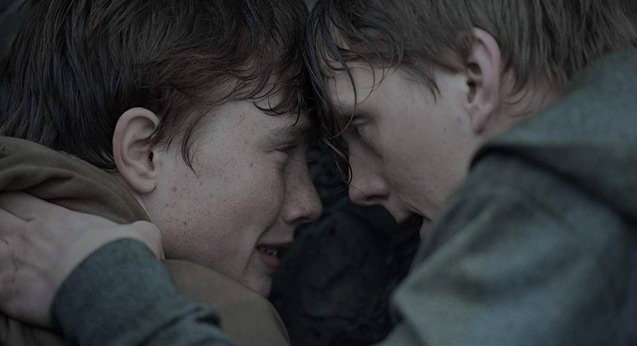
Around two thirds of the way through 22 July a character lists all the far-right extremist groups operating in the world today, including the American neo-nazi forum Stormfront. It’s one of several moments where director Paul Greengrass points out that the resurgence of fascism isn’t restricted to Europe, and it certainly isn’t going away.
It’s that aspect that makes this true story more terrifying than any horror film, with a thoroughly loathsome villain in mass-murderer Anders Breivik. At one point he refers to the millions of people who secretly agree with his racist agenda, implying that they’re everywhere, waiting for an excuse. Recent events with tiki-torch wielding meatheads would tend to bear that out.
People have wondered about Greengrass’ fondness for restaging appalling real-life events, but in this case the intention is clear—it’s a warning. As usual he aims for accuracy and realism, making the film with a Norwegian cast and crew, so it initially seems strange that his actors speak in English. According to the director this desire to reach the broadest audience is the same reason he made the film for Netflix, a platform favoured by young people. Forewarned is forearmed.
Thankfully the attacks are dealt with relatively quickly (they are appropriately stomach churning), after which the bulk of 22 July deals with the fallout, as a survivor undergoes a painful recovery, Breivik’s lawyer wrestles with guilt, and the Prime Minister considers the ramifications.
There are moments near the end when you can feel the movie ease away from the truth to deliver the type of satisfying payoffs that don’t exist in real life, but they are welcome after such a grueling setup. It is, as expected, superbly acted and thrillingly paced. And while it’s a film too steeped in actual tragedy to describe as ‘entertainment’, it’s engrossing, thought-provoking, and well worth your time.




